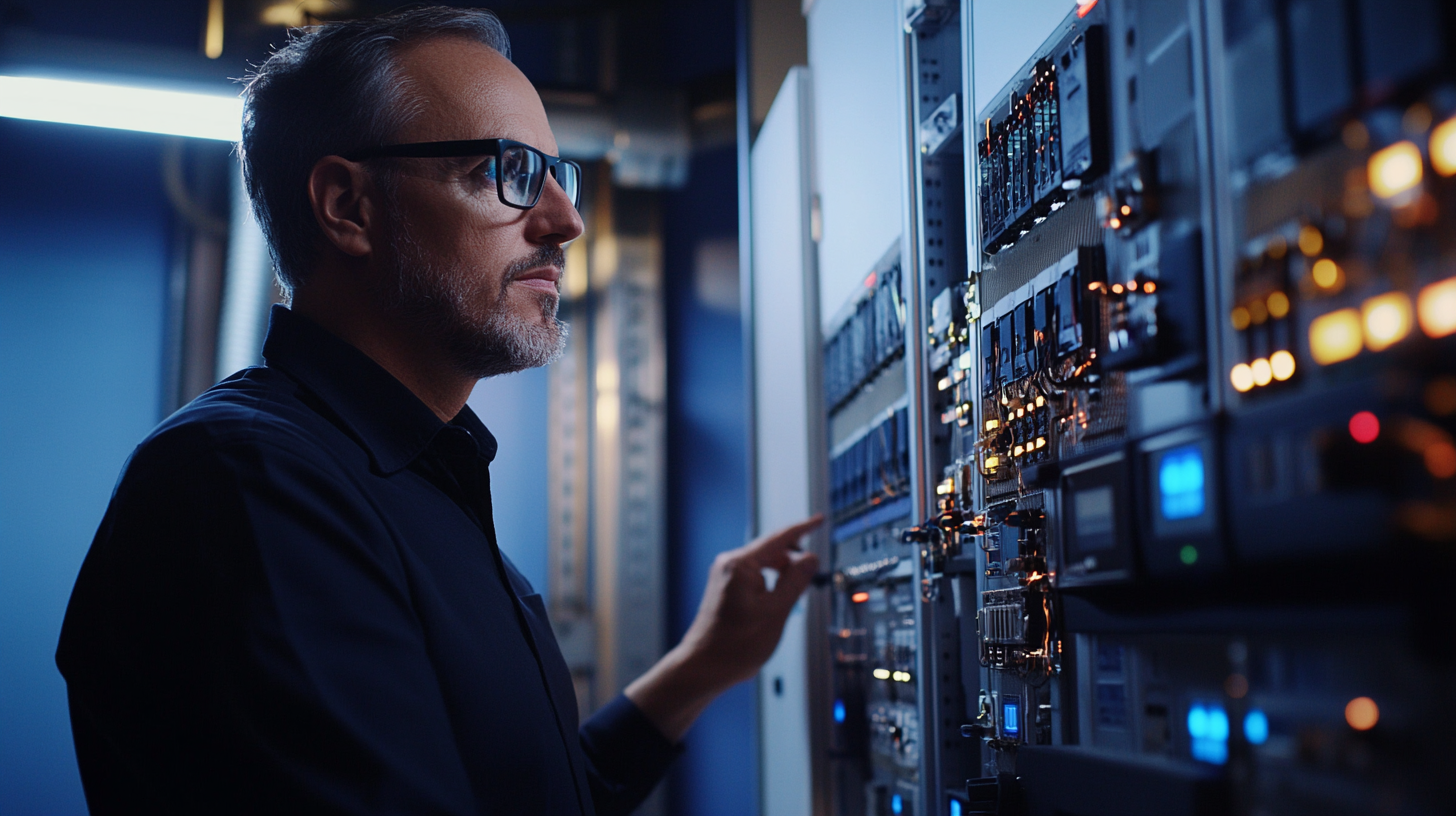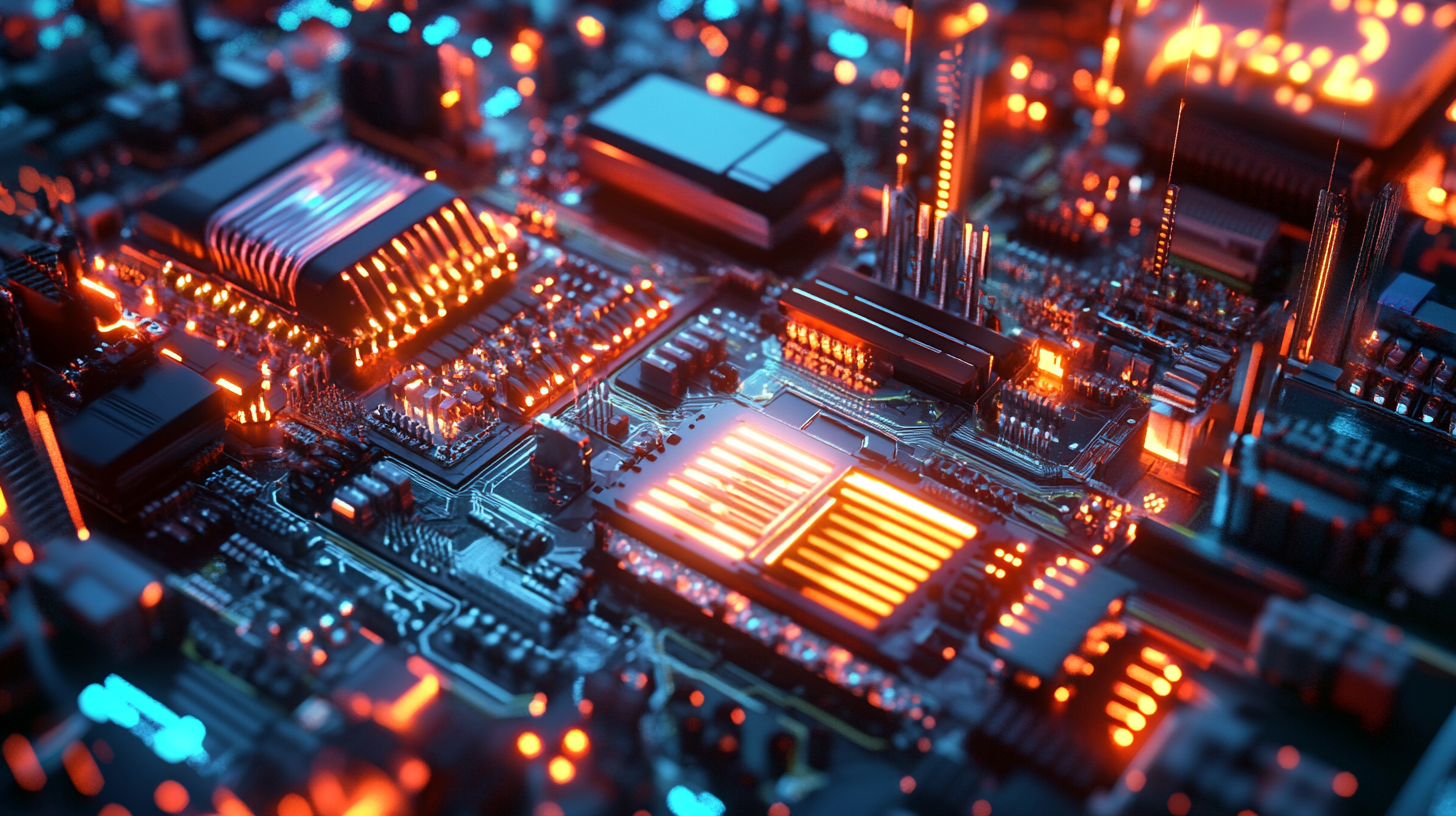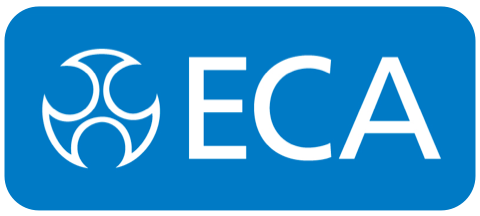- Home
- News
2025 Electrical Equipment Innovations: Essential Checklist for Global Buyers
The innovations in hardware apparatus would continue to take on new features and significant shifts as we continue to walk into 2025. There are groundbreaking possibilities and emerging solutions intended to redefine the industry. Indeed, it is very important for global buyers to ensure that they are aware of all the trends because their competitiveness and safety, along with the efficiency of their operations, highly depend on them. It greatly matters to consider checking electrical equipment before you go out to buy one so that you could prevent possible problems and optimize performance.
In this blog, we would try to give a complete checklist to the buyers for essential considerations for evaluating new electrical equipment. From understanding technological advancement to certifying the international standards to which the equipment passes, we intend to leave you armed with the appropriate knowledge necessary to make decisions. Therefore, we essentially would like to discuss the key aspects from checking electrical equipment so that global buyers are in the know on how to maneuver the market with assertive clarity.

Key Technological Trends Shaping Electrical Equipment Innovations in 2025
By the year 2025, the world of electric equipment will face drastic shifts with minor developments creeping into it with some major technological trends changing the landscape of the industry. Currently, the most significant trend would be towards the smart technology. Integrated with the applications of the Internet of Things (IoT), the equipment of power will connect smartly to enable their real-time resource availability monitoring and management. This will not only induce efficiency in power utilization but will also enable predictive maintenance, needless of downtimes and operational costs at the hands of the users. Another striking trend deemed very critical is the value of sustainability and renewable sources of energy. People now become aware of and sensitive to climate change damage; electrical equipment manufacturers tend to innovate in their products in order to comply with green initiatives. These have been led to the development of energy-efficient devices that use less environmentally unfriendly materials. In 2025, the focus of buyers on how the device will not just satisfy their needs in terms of operations, but how it would support their sustainability goals, will make such a factor an important part of their decisions: Making it very likely that ecologic innovative would be at the center of all buying decisions. Next, advancements in automation and artificial intelligence (AI) will contribute greatly to developing electrical equipment. Automated systems built up with AI abilities will assist with smarter energy distribution, usage pattern optimization, and overall reliability enhancement of systems. This trend becomes a crucial one in the lives of those people who want improvement in productivity without waste in practice. In the view of potential buyers looking towards the future, an understanding of such technological trends would serve them well in the investment decisions regarding electric equipment, thus meeting the demands of a fast-growing dynamic market.

Sustainability and Energy Efficiency: The New Standards for Buyers
The world moving towards sustainability has made the buyers of electrical equipment incorporating energy-efficient and sustainable procurement strategies. The demand for electric vehicles is a living example of this shift towards greener forms of transport, with Winnebago's unveiling of the e-RV. This all-electric conventional RV is not just a vehicle; it represents a lifestyle attuned to global movement for sustainable energy consumption. Such advancements give buyers the opportunity to support products representing a vision for a greener future.
The tech titans have moved towards sustainability, with variations in their approaches. Microsoft's recent publication of water and energy-use statistics for its data centers shows the need for transparency if sustainability goals are to be achieved. Initiatives like those mentioned at conferences COP26 show the importance of collective responsibility in nurturing guardianship over the environment. For buyers, purchasing from companies promoting sustainability not only facilitates adherence to the new standards but also helps with reputation and long-term existence in a market leaning more toward environmentally sound choices.
With 2025 nearing, it is imperative for global buyers to act by keeping abreast of developments to move with the new sustainability and energy efficiency standards, thus becoming part of the solution in the transition to a more sustainable future.

Understanding Smart Technology Integration in Electrical Equipment
The rapid evolution of smart technology is transforming the electrical equipment industry, presenting never-before-seen benefits to global consumers. By the year 2025, the integration of smart technologies will be made obligatory for companies hoping to stay competitive in the industry. From intelligent power management systems to IoT-enabled devices, new innovations promise enhanced efficiency, improved safety, and increased operational agility.
The most important aspect of this integration is the feature of being able to generate real-time data analytics by their electrical equipment. Buyers will be looking to prioritize equipment that seamlessly connects with cloud platforms to enable comprehensive monitoring and predictive maintenance application, as this not only minimizes downtime due to proactive remedies, but it can also optimize energy usage and save costs. Furthermore, with advanced data-driven insights, organizations will be able to make a sound decision regarding infrastructure investments to the organizations.
Also, it is vital to note that Cybersecurity as of now is among the topmost considerations for smart technology in electrical systems. These increasingly connected devices offer increased opportunity for cyber threats. Therefore, buyers should interrogate into those solutions that provide very robust security protocols and routine software updates to ensure the safety of sensitive information and the integrity of their operations. The companies that understand integrating and developing smart technology will therefore have an overall strategic advantage in innovation for power equipment around the world.

Navigating Global Supply Chains: Key Considerations for Buyers
In the next few years, there will be a plethora changes in the electrical landscape and, therefore, wise judgments would be required on the part of buyers in relation to global supply chains. Of course, no one would like remonstrate against the supply chain in a world that has shifting demands and geopolitical instabilities. Global demand for electric equipment would increase at an annual rate of 3% according to the International Energy Agency because many markets are opening up in renewal technologies. The project would lay down the framework for buyers to procure products of prime quality while also negotiating challenging procurement designs.
Important factors concerning suppliers would be related to geographic stability, supplier reliability, and adaptability when changes occur in the market. As is noted by a recent study conducted by Deloitte, companies that diversified supply chains reported about 25-percent increase in operational resilience during the pandemic. Buyers should seek suppliers that have the agility to pivot and respond to disruptions whether caused by natural disasters or changed trade policies. Rigid and focused strategies of comprehensive risk assessment are, when combined with well-thought-out close supply relationships, effective in mitigating most chances.
Moreover, it becomes a must for buyers that sustainability is a qualification that is significant for them. As much as 70 percent of electrical equipment buyers would be accepting some report from McKinsey that said they now consider environmental, social, and governance aspects while sourcing products. Sustainable sourcing would enhance the brand reputation and respond to the increasingly raising pressures in the regulations all over the world. Thus, they will be aware that they will know very well how to succeed in an ever-evolving marketplace as they look up to 2025.
Regulatory Changes and Compliance: What Global Buyers Need to Know in 2025
As we move toward the end of the decade and approach 2025, the shift in the regulatory landscape will change customers purchasing patterns for electrical products globally. Governments worldwide have started to emphasize more and more sustainability and safety measures with these new regulations leading to compliance requirements. Hence, it is prudent for buyers to understand these changes by which they equip their suppliers to comply with current requirements and secure their investments.
Energy efficiency and environment-friendly materials are the key features that have a great emphasis today. New regulations are coming for minimum index codes of energy consumption performance improvement so that innovation pushes into manufacturers' engine. Sourcing products will have to give priority to those that meet these same regulations, and yet, help to meet the company's sustainability goals. Such opportunities come about in which purchasing decisions become aligned with worldwide environmental programs that create a positive wallop on global corporate social responsibility.
Moreover, as with every end, the average country increasingly observes the emergence of cyber security benchmarks in the sky for smart and connected devices. The natural consequence of IoT in electrical equipment means that buyers need to imagine what kind of cyber security would exist in the vendor's product. In this way, compliance standards can play a major role in protecting tangible and intangible assets by giving defined security rules while developing mutual trust between buyers and suppliers. Honestly, knowledge any given time, concerning regulatory transformations and compliance norms, will help global buyers to make strategic decisions in their purchasing processes for the betterment of their strategic position against competition toward 2025 and beyond.
